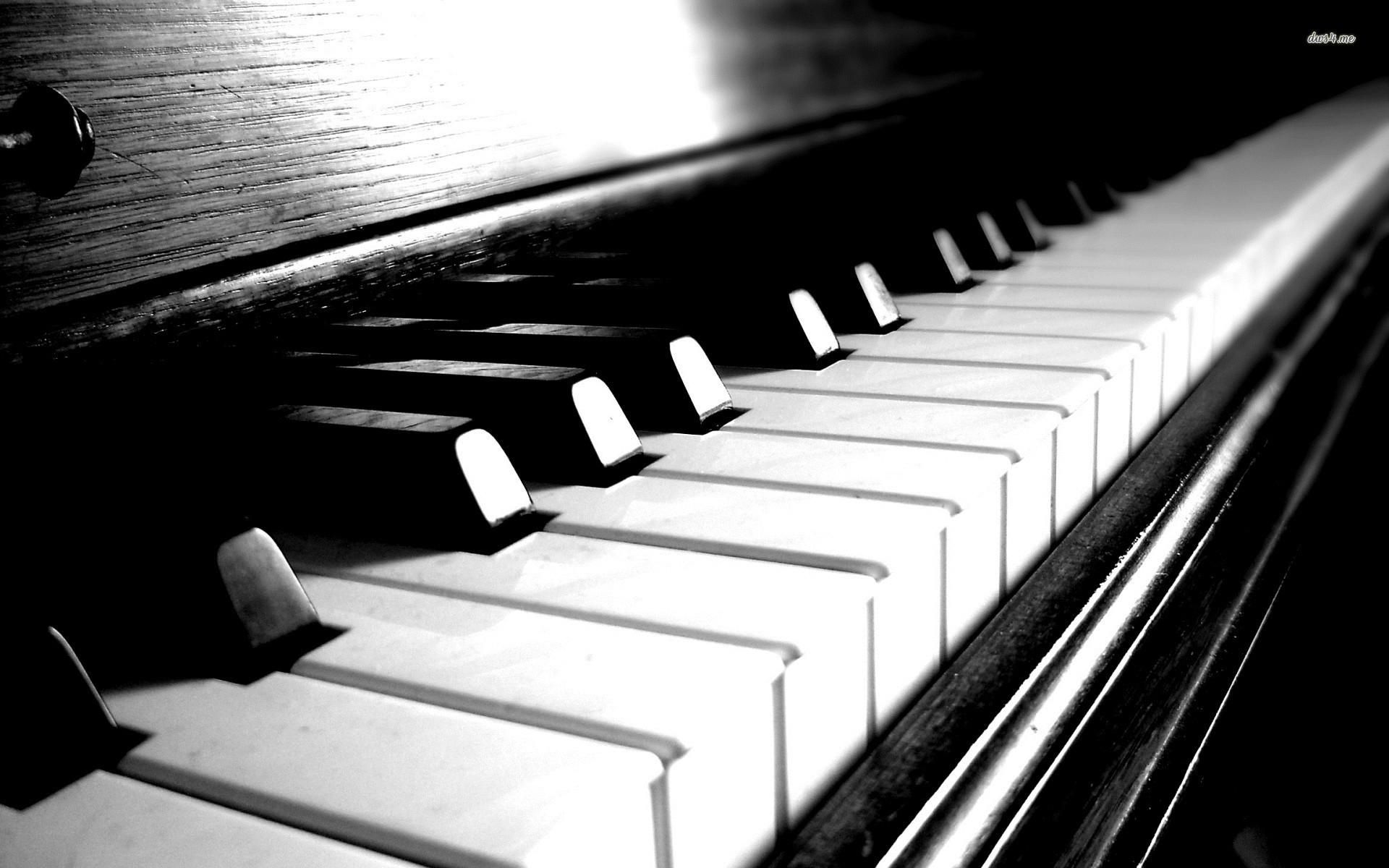Music has been a universal language that speaks to the depths of our souls for centuries. Whether you’re a seasoned musician or a beginner, the allure of the piano is impossible to ignore. But what if there was a way to enhance the piano learning experience, to dive deeper into the world of music through a transformative technology? Enter the mixed reality piano, a game-changing innovation that combines the beauty of traditional piano playing with the wonders of virtual reality. With its ability to blur the lines between the physical and digital realms, the mixed reality piano opens up a whole new dimension for musicians, offering endless possibilities for exploration and creativity. Step into the fascinating world of mixed reality, where the keys of a piano become portals to boundless musical adventures.
Benefits of Mixed Reality Piano
Mixed reality piano offers a range of benefits that revolutionize piano learning. Through the integration of augmented reality and virtual reality technologies, aspiring pianists are exposed to a whole new world of interactive and immersive musical experiences. Let’s explore the advantages this innovative approach brings to piano education.
Enhanced Engagement: With mixed reality piano, learners can fully engage with their instrument in a captivating and dynamic way. Through virtual environments and interactive interfaces, students are able to visualize and interact with piano keys, notes, and sheet music. This heightened level of engagement cultivates a deeper connection to the music and encourages practice sessions that are both enjoyable and stimulating.
Real-time Feedback: One of the greatest advantages of mixed reality piano is its ability to provide instantaneous feedback to learners. Through advanced sensors and machine learning algorithms, the system can accurately track the user’s performance, highlighting areas that require improvement. This real-time feedback enables students to identify and correct mistakes more efficiently, fostering rapid progress in their piano playing skills.
Customized Learning Experience: Mixed reality piano empowers learners to tailor their musical journey to suit their individual needs and preferences. By incorporating adaptive learning algorithms, the system can adapt the difficulty level and pace of the lessons to match the user’s proficiency. This personalized approach not only optimizes learning outcomes but also instills a sense of accomplishment and motivation as students progress at their own pace.
In conclusion, the benefits offered by mixed reality piano are manifold. From heightened engagement to real-time feedback and customized learning experiences, this innovative technology holds immense potential for aspiring pianists. With mixed reality piano, the realm of piano education is expanded, unlocking new and exciting musical worlds for learners to explore.
Enhancing Piano Learning with Mixed Reality
In recent years, the intersection of technology and music education has opened up new possibilities for aspiring pianists. One of the most exciting developments in this field is the emergence of mixed reality piano, a groundbreaking approach that combines traditional piano playing with immersive virtual experiences. This innovative fusion has the potential to revolutionize piano learning, making it more engaging, interactive, and accessible to learners of all ages.
Mixed reality piano harnesses the power of virtual reality (VR) and augmented reality (AR) to create an immersive environment where learners can explore and interact with music in exciting new ways. By integrating virtual elements directly into the piano learning experience, students are able to visualize music theory concepts, practice techniques, and even perform alongside virtual musicians or orchestras. The incorporation of visual cues and interactive feedback enhances the learning process, helping students develop a deeper understanding of music theory while honing their technical skills.
One of the key advantages of mixed reality piano is its ability to provide personalized and adaptive learning experiences. Through state-of-the-art software, learners can receive real-time feedback on their playing, allowing them to identify areas for improvement and track their progress. This immediate feedback loop not only accelerates the learning process but also motivates students to persist and strive for excellence. Additionally, the flexibility of mixed reality piano enables students to tailor their learning journey according to their individual needs and preferences.
Furthermore, mixed reality piano expands access to music education, breaking down barriers of geography and resources. With the help of virtual reality headsets and sensory gloves, learners can immerse themselves in concert halls, practice rooms, and even historic performances without leaving their own homes. This democratization of piano learning eliminates the limitations of physical location, making it possible for aspiring pianists from all corners of the globe to benefit from expert instruction and diverse musical experiences.
In conclusion, mixed reality piano represents a thrilling advancement in the field of piano learning. By merging the tangible beauty of playing a physical instrument with the limitless possibilities of virtual reality and augmented reality, learners can unlock new musical worlds and elevate their skills to unprecedented heights. As this technology continues to evolve and integrate, it holds immense potential to inspire the next generation of pianists and shape the future of music education.
Future Possibilities of Mixed Reality in Music Education
Mixed reality has the potential to revolutionize music education, particularly in the realm of piano learning. With the integration of mixed reality technology, students will be able to immerse themselves in virtual environments that simulate real-world piano playing experiences. This opens up a world of possibilities for educators and learners alike.
Start Now

Firstly, mixed reality piano can provide students with a unique and interactive way to learn and practice their piano skills. By putting on a mixed reality headset, students can be transported to virtual concert halls, music studios, or even iconic locations where legendary pianists have performed. This immersive experience enables students to not only hear the music but also visualize themselves playing in these prestigious settings, enhancing their motivation and confidence.
Secondly, mixed reality can offer personalized and customized learning experiences. With this technology, piano teachers can create virtual lessons specifically tailored to each student’s learning style and skill level. Whether it’s instructional videos, interactive exercises, or real-time feedback, mixed reality piano can provide a comprehensive and individualized learning path for students. This ensures that each student receives the personalized attention they need to excel in their piano journey.
Finally, mixed reality can enable collaborative learning beyond physical boundaries. Students can have virtual jam sessions with other pianists from around the world, regardless of their geographical location. This fosters a sense of community and provides opportunities for students to learn from and collaborate with musicians from different backgrounds and skill levels. By breaking down barriers and expanding the possibilities for collaboration, mixed reality technology can truly unlock a world of musical exploration and growth.
In conclusion, the future of music education holds immense potential with the integration of mixed reality technology. Through immersive experiences, personalized learning, and collaborative opportunities, mixed reality piano can revolutionize the way students learn and engage with music. With these advancements, music education can become more accessible, engaging, and inspiring for aspiring pianists of all ages and skill levels.






Recent Comments